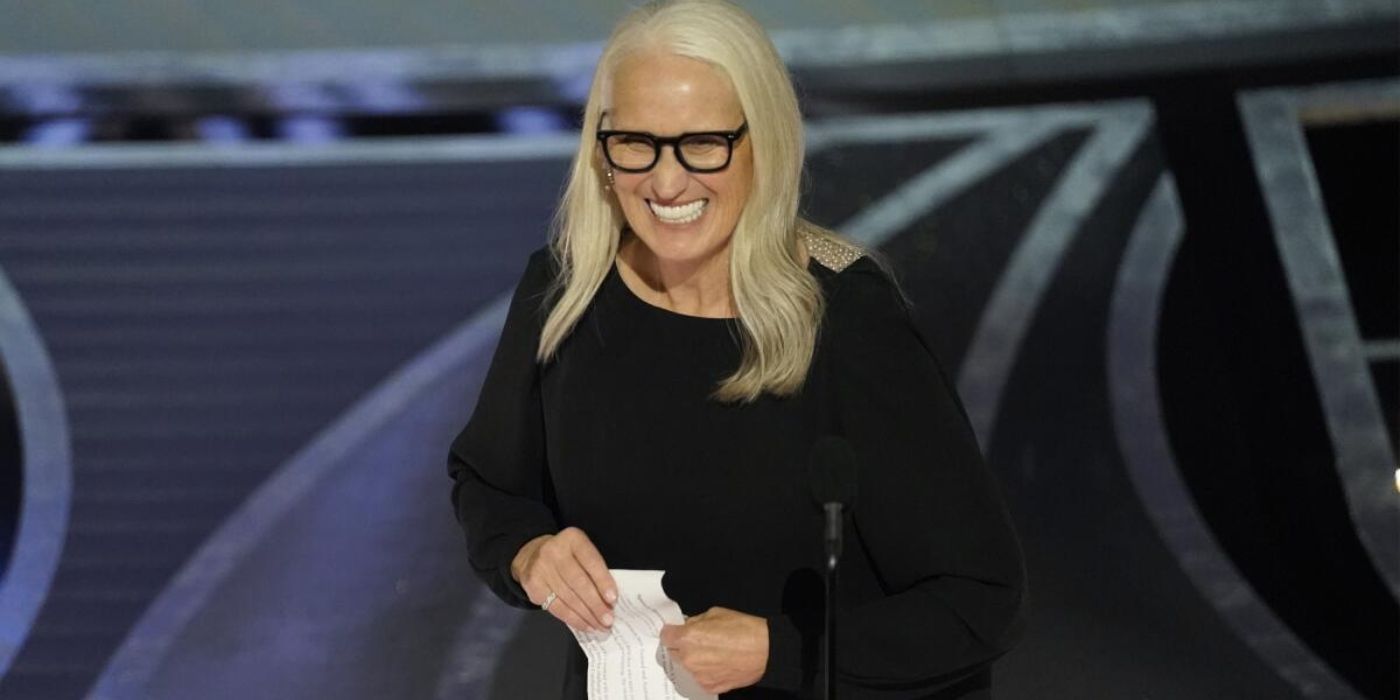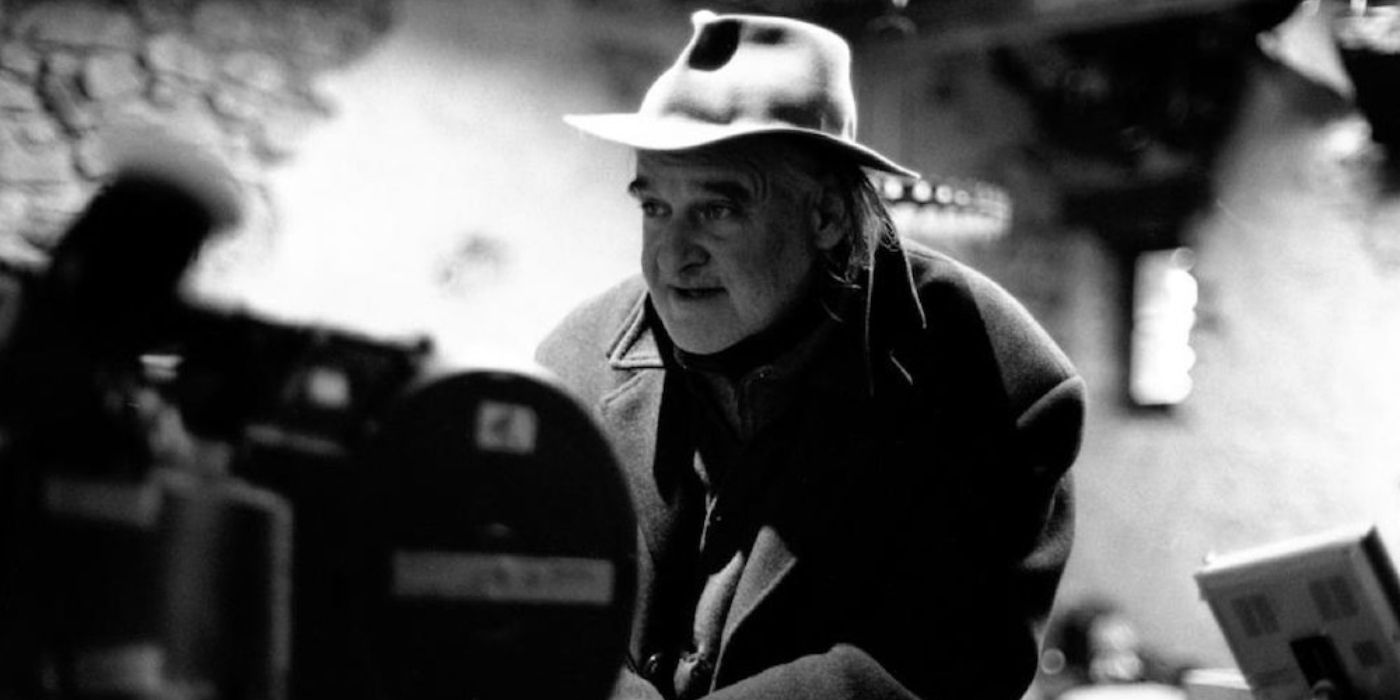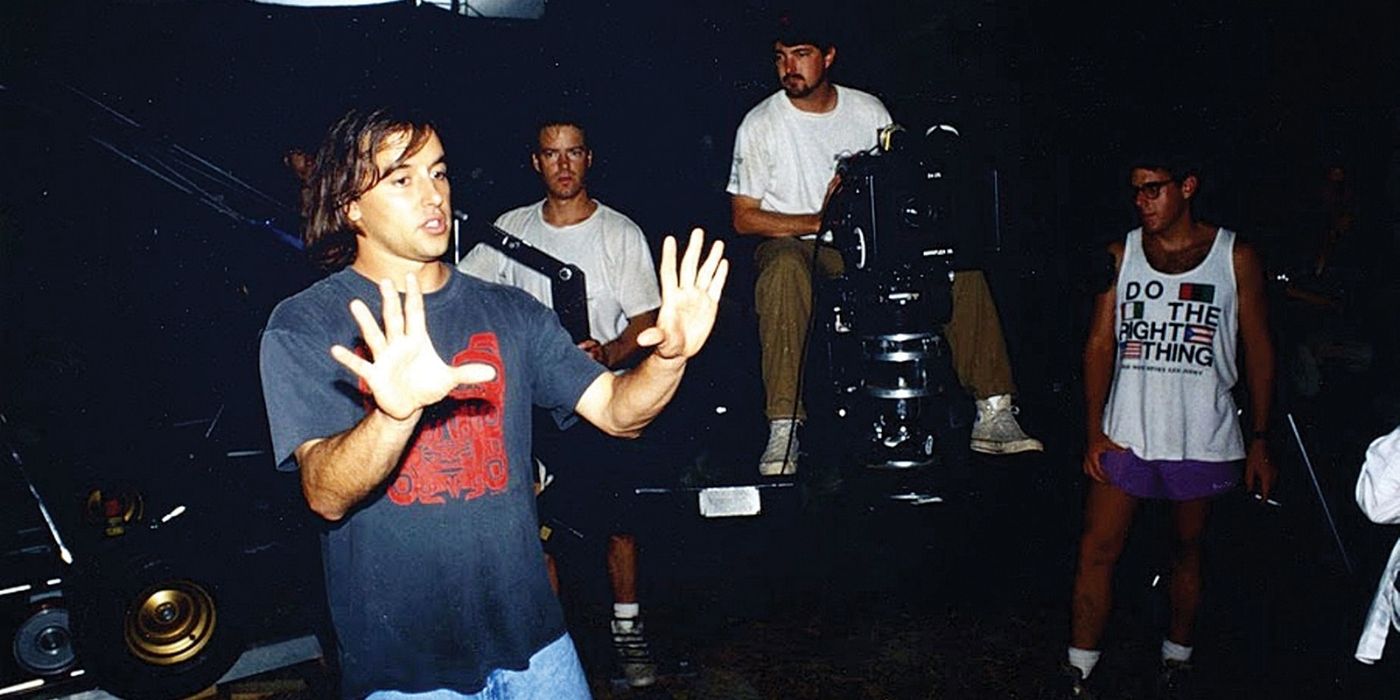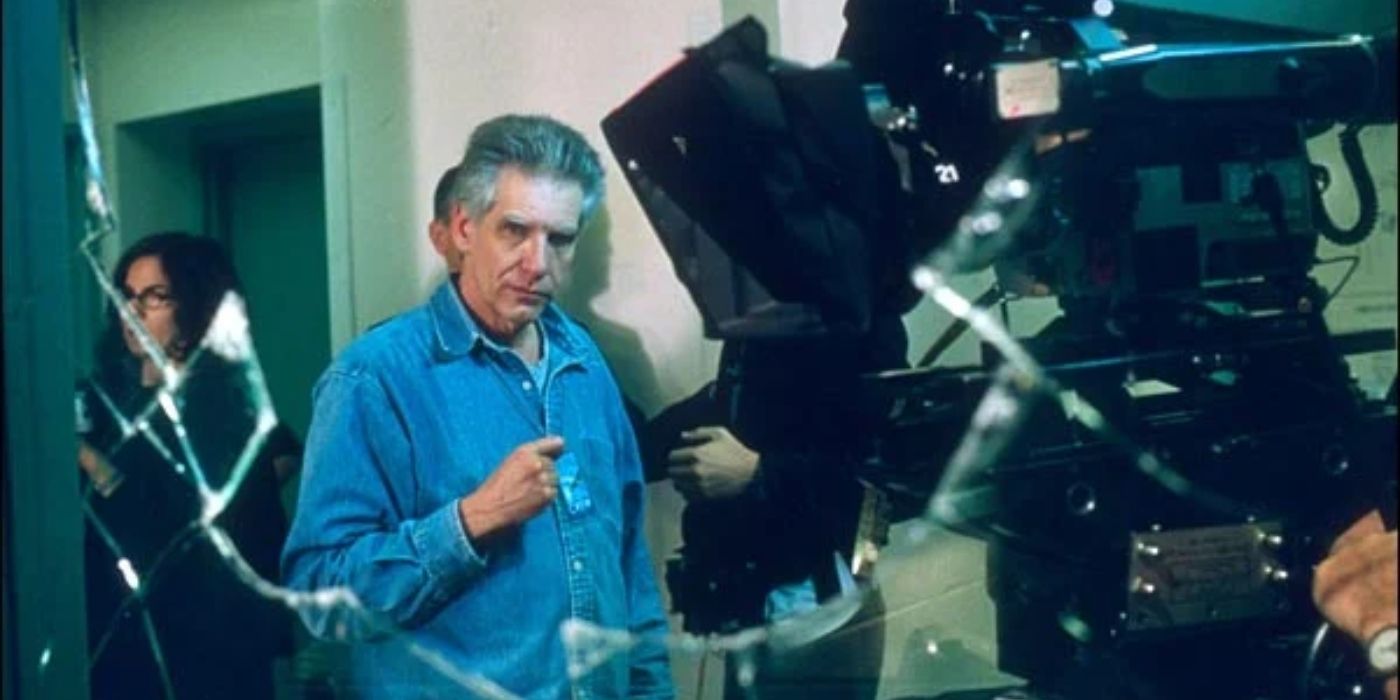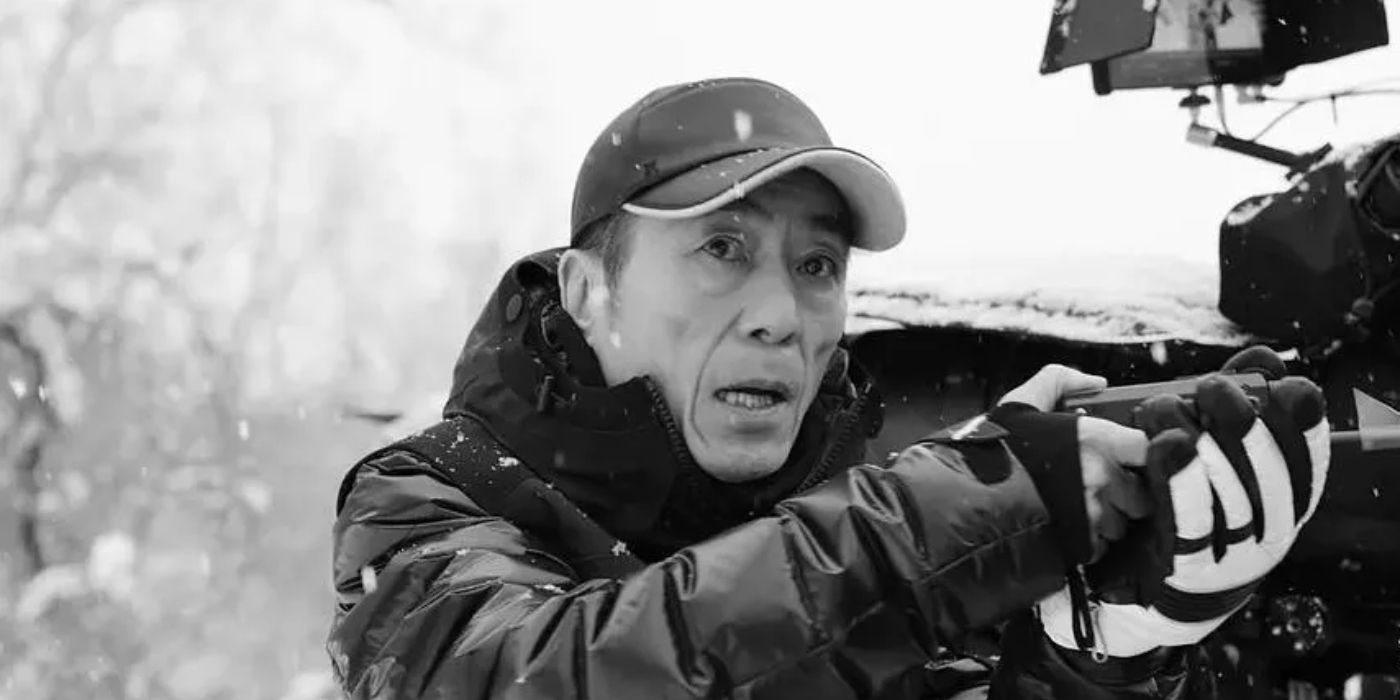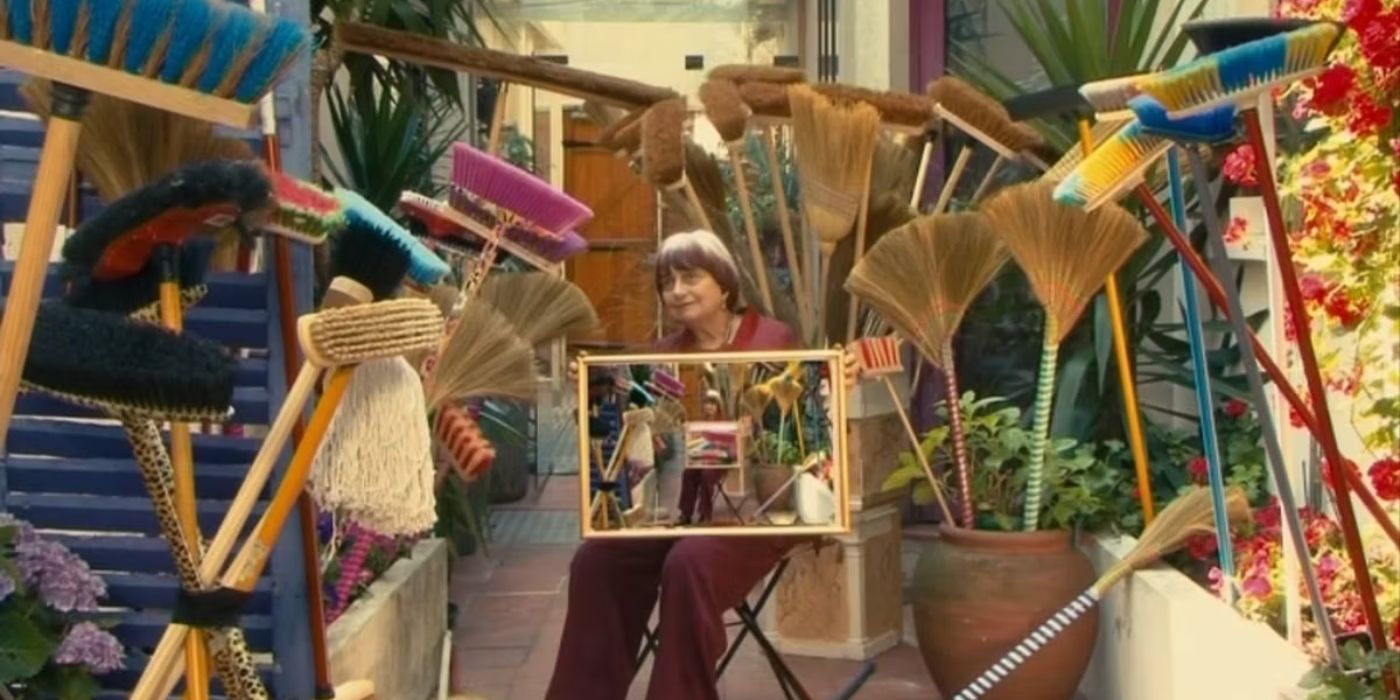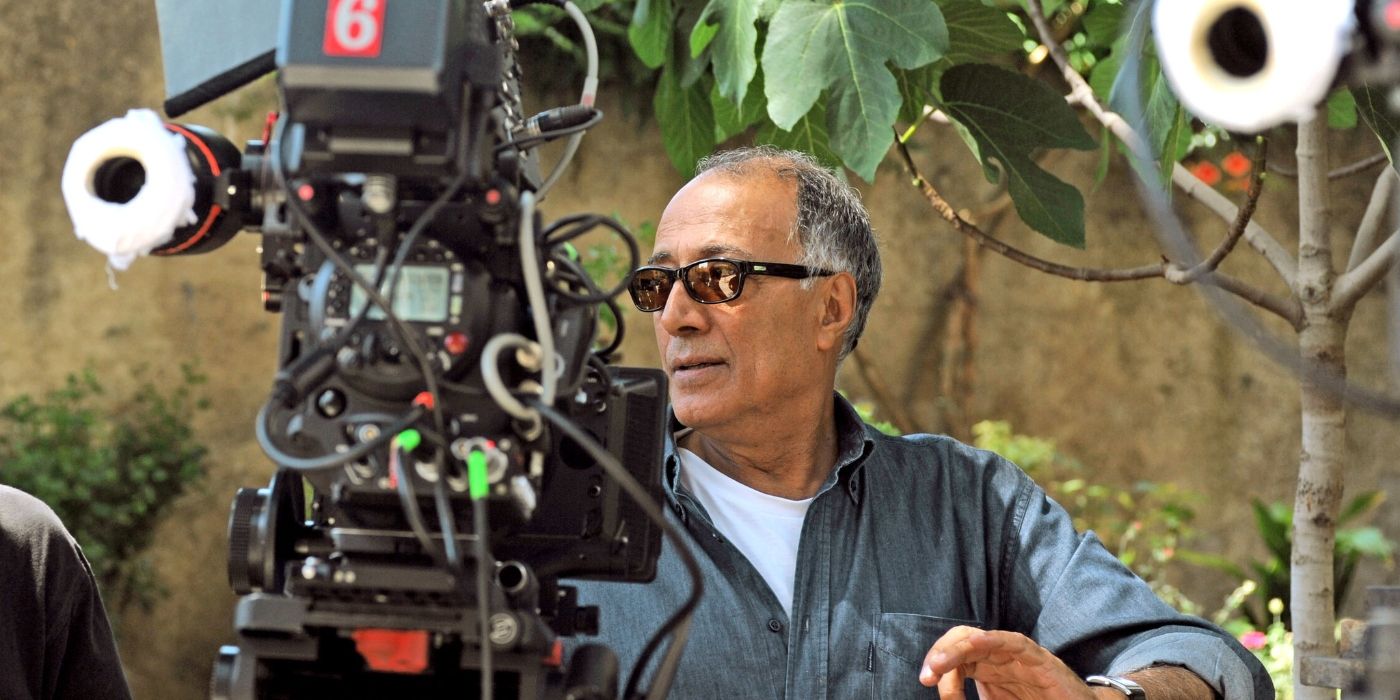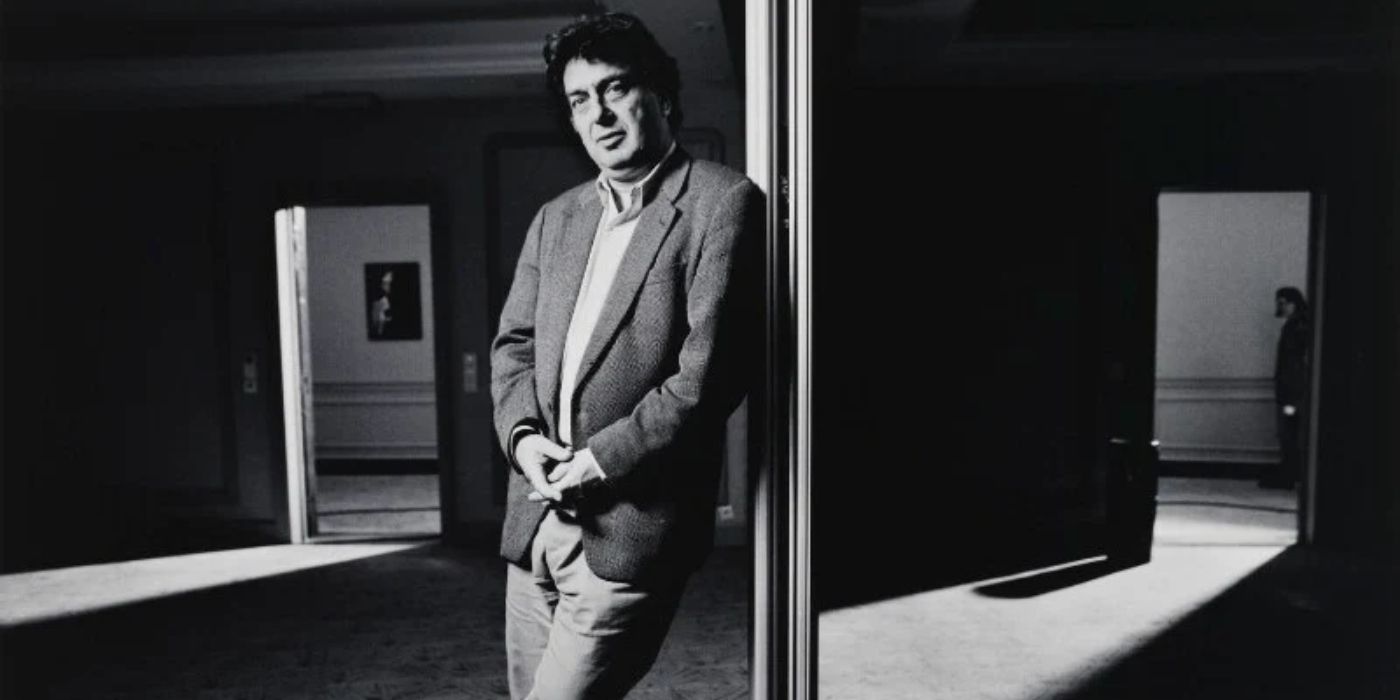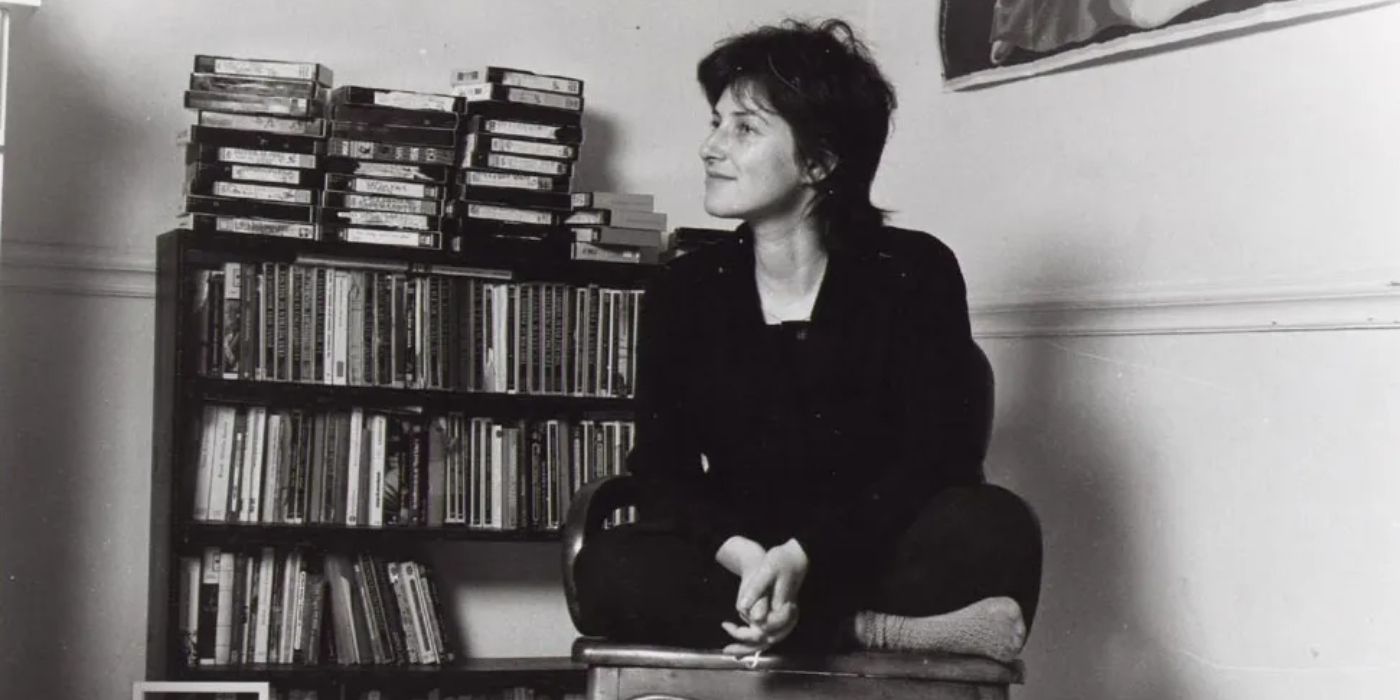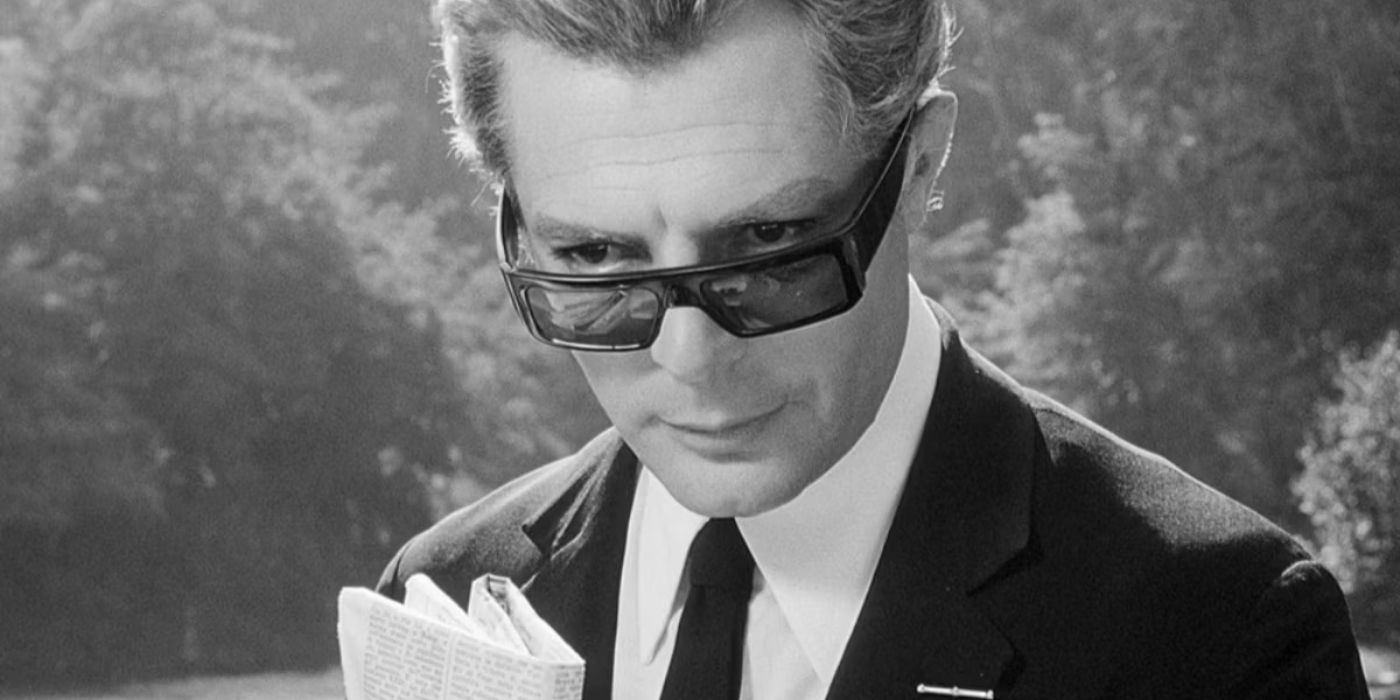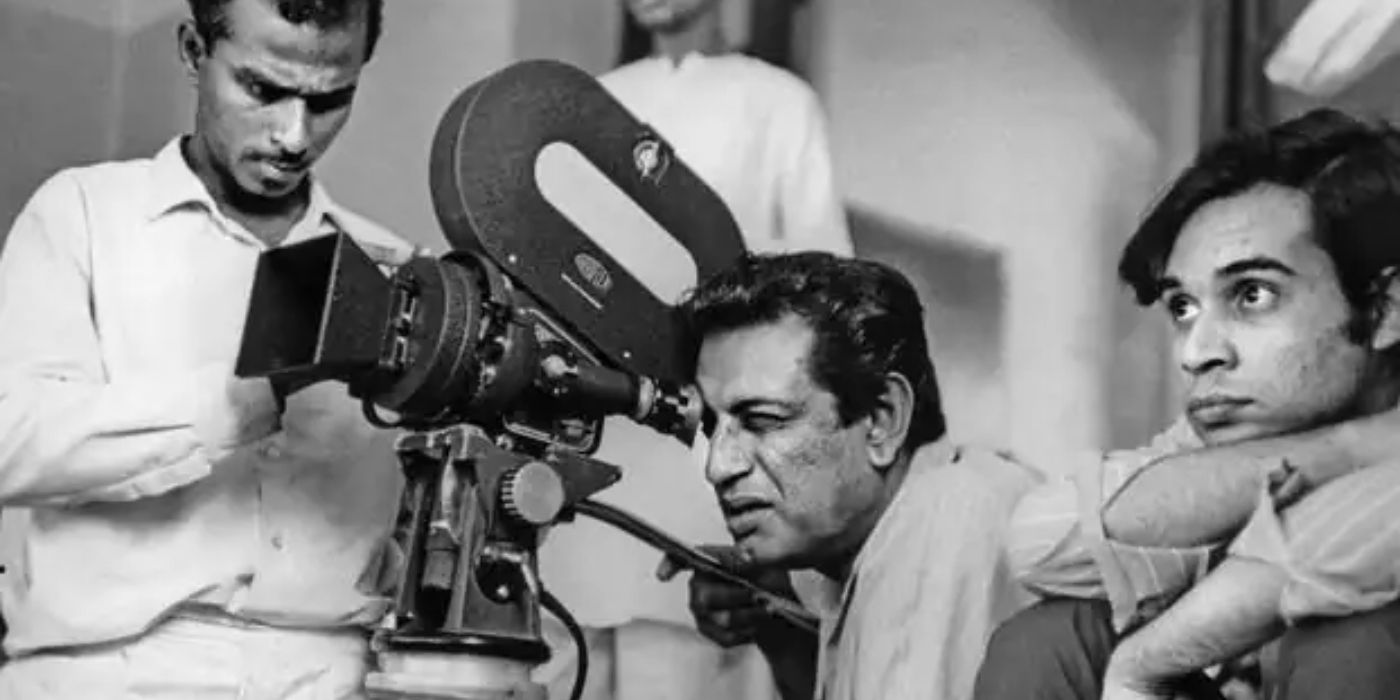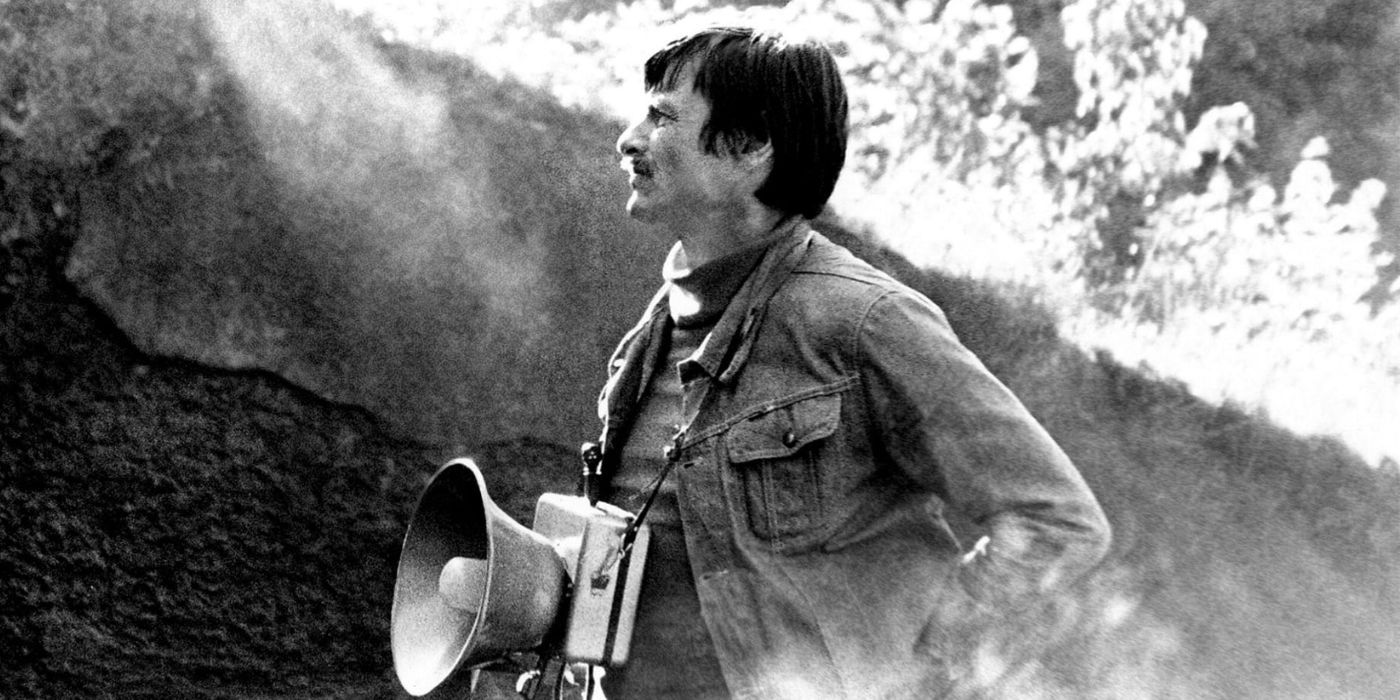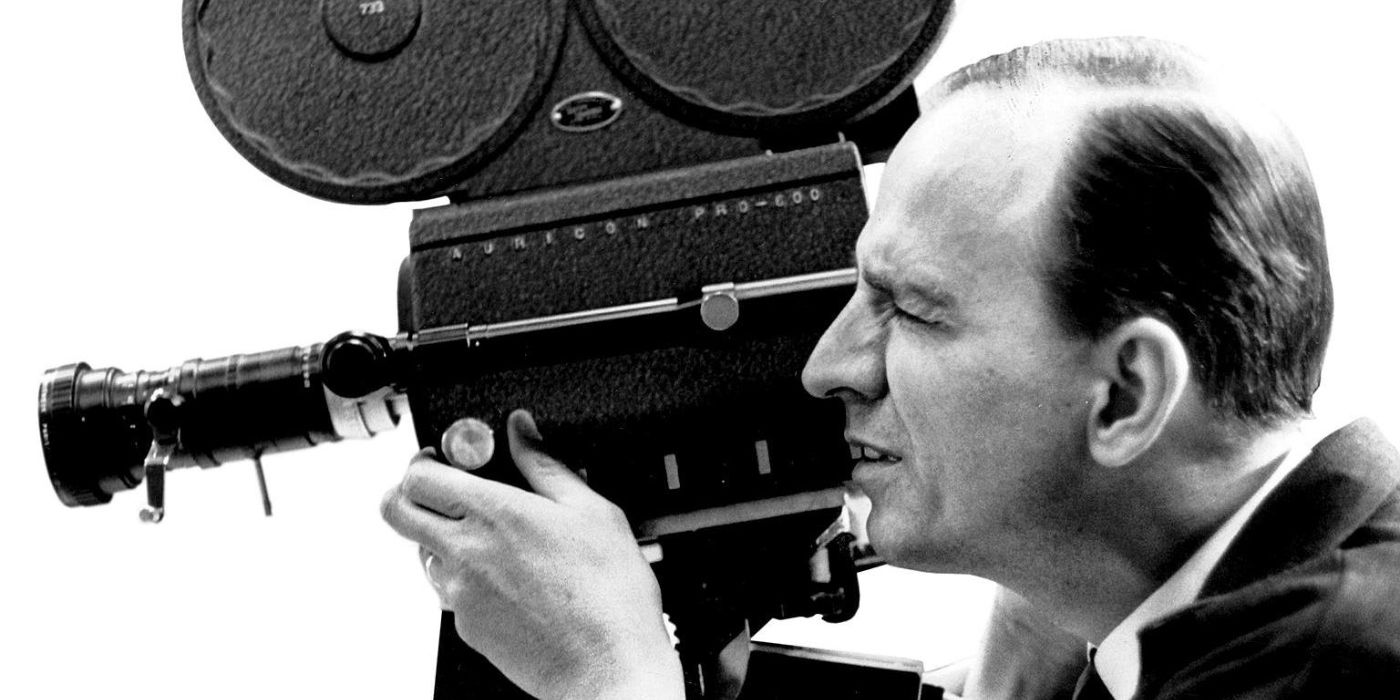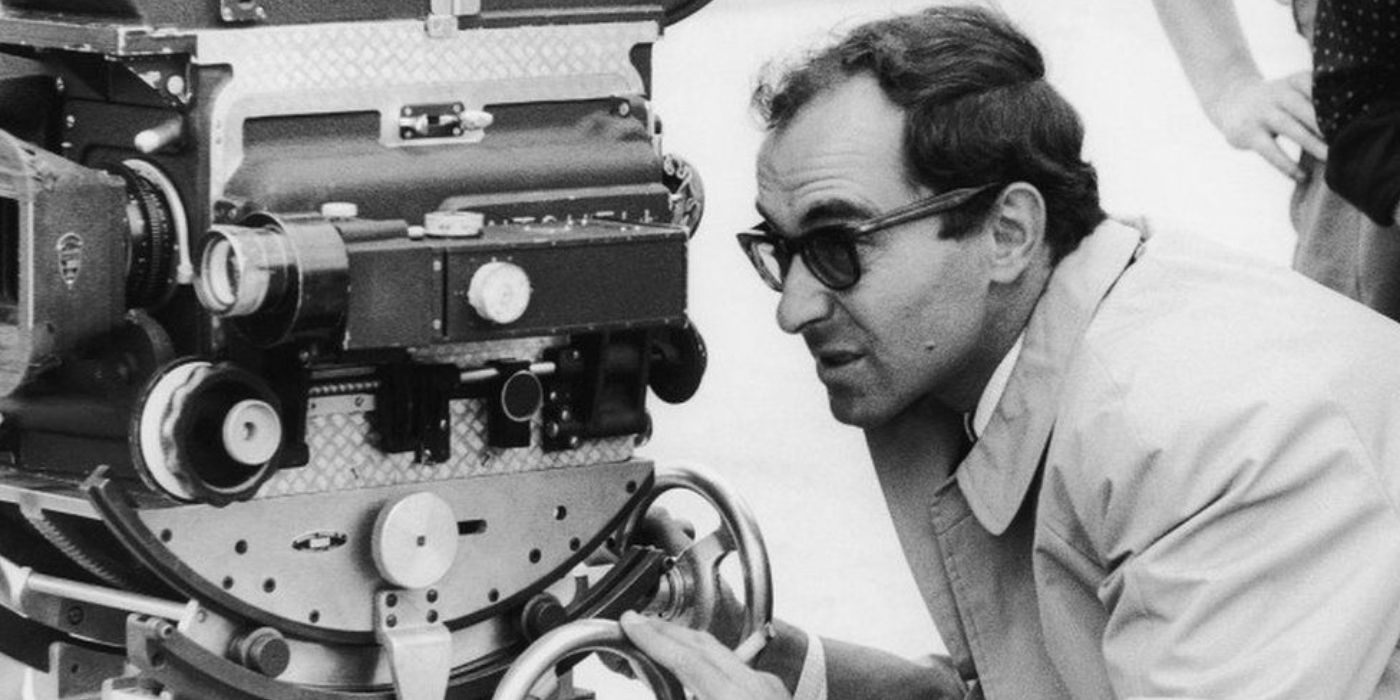Cinema as an art form has a long and glorious history, punctuated by endless tales of visionary artists whose creativity has redefined it over and over. At the center of the exciting films that stray from cinematic custom into weird and wonderful realms is Arthouse Cinema. It’s not easy to define exactly what Arthouse is. The best definition might be that Arthouse is defined by films that defy convention and drift from mainstream interests into unorthodox and revolutionary dimensions that favor artistic creativity over commercial safety.
Aside from their depth and nuance, it’s the stylized aesthetics, visually unusual directing techniques, and wonderful structural abnormalities that distinguish them. Arthouse Cinema has been around about as long since movies themselves, and can be traced back to the 1920s. Crucial to its existence and emergence as a celebrated part of movie-making are the influential directors who have defined Arthouse by their willingness to be different, their appeal to niche audiences, and a tendency to push the boundaries of artistic flair. In honor of those luminary filmmakers who have lit up cinema with their eloquently expressive techniques, here are 15 Arthouse directors whose work has defined the genre.
15 Wong Kar-Wai
An internationally celebrated auteur of cinema, Wong Kar-wai is a Hong Kong filmmaker who has carved out a strong reputation for his unique style and intensely emotive films. Wong’s style encompasses the use of bold colors, vivid cinematography, haunting musical accompaniments, and narratives that don’t stick to conventionally linear narratives. While he’s worked on many other films, commercials, music videos, and short stories, his main filmography consists of 10 films that were all exquisitely made.
A Darling of the Cannes Film Festival
For the full breadth of his work, Wong has been nominated for and won a staggering number of awards across Asia, North America, and Europe. Five of his films have been nominated for the coveted Palme d’Or at the Cannes between 1997 and 2007, and he won the Best Director Award for Happy Together. His other films, like Fallen Angels, In the Mood for Love, 2046, and My Blueberry Nights, have all garnered widespread critical acclaim and become exemplars of Arthouse Cinema. Many consider him to be the greatest director of the ’90s, with his contributions to the genre making him a living legend.
14 Jane Campion
A native of New Zealand, Jane Campion has been almost universally acclaimed for her work in film. Despite having a relatively small collection of films and short films to her name, she has frequently collaborated with the likes of Harvey Keitel and Nicole Kidman. Her films like The Piano and The Power of the Dog earned her two Academy Awards for Best Director and Best Film, with six nominations between them.
A Luminary of the Female Experience
Exploring deep themes of female complexity, her poetic style is often drenched in beautiful symbolism that land as creative and expressive vehicles for social commentary. Her masterful attention to detail elicits poignant emotional responses and didactic meditations on diverse female experiences. Often visually stunning, her films assault the senses while coaxing thought-provoking perspectives through the stories they tell.
Stream The Power of the Dog on Netflix
13 Béla Tarr
A Hungarian filmmaker, Béla Tarr was known for his dark and pessimistic art films and documentaries that were replete with intricate subtleties. Despite having only made nine feature films, Tarr’s work effortlessly infused themes of politics, human nature, and existential dread with apocalyptic overtones. His artistic vision set them apart as slowly moving, but deeply emotive and stylishly dexterous tales.
He Was Bold and Unflinching
With his last film coming in 2011, A torinói ló (The Turin Horse), Tarr took a simplistic concept of the bond between a man and his horse and turned it into a fascinating rumination on daily life told through the lens of mortality. Tarr’s bold and unflinching style saw him also make films like Sátántangó (Satan’s Tango), which, despite being an astonishing seven hours long, has been described in glowing terms:
Immediately and fervently embraced by critics, the film has also been a hit with art-house viewers, garnering an almost unheard-of 100 % approval rating on the film site Rotten Tomatoes. Cultural critic and novelist Susan Sontag was quoted as saying
Sátántangó
was “devastating, enthralling for every minute of its seven hours,” adding she would be “glad to see it every year for the rest of [her] life.” High praise for any film.
12 Richard Linklater
A more contemporary filmmaker, but no less celebrated as an Arthouse master, Richard Linklater is an American director known for his distinct narratives and dedication to his craft. His brilliant films, Before Sunrise, Before Sunset, and Before Midnight, is often hailed as the greatest trilogy of all time. Starring Ethan Hawke and Julie Delpy, the films tell the story of their love for each other, told over the course of 18 years, yet each depicting a single day in their lives over that period.
Known as a Master of Efficiency
Linklater’s other widely acclaimed films, like Dazed and Confused and Tape also take place in a single day, with the latter even shot in a single room. His films resonate powerfully through his eye for art, a talent that saw him make his breakout film, Slacker, on a budget of just $23,000. He’s been nominated for every major award, and is widely regarded as one of the most efficient and creative directors around today.
11 David Cronenberg
David Cronenberg is credited with being the principal originator of the body horror sub-genre. His many films that explored body transformations were mixed in with psychological and technological tropes that were as engrossing as they were deeply uncomfortable. Films like Shivers, Scanners, and The Fly are cult classics and were all uniquely brilliant. Cronenberg’s modern films include Cosmopolis, Maps to the Stars, and Crimes of the Future, and he’s still active as a filmmaker today.
He Made Movies Unique and Enthralling
Cronenberg’s achievements in becoming one of the leading names of Arthouse Cinema is a testament to how technically exceptional and morbidly creative his films are. He’s often considered the best sci-fi director in the world, ahead of better-known, more crowd-pleasing box office darlings like Steven Spielberg, Ridley Scott, and James Cameron.
In contrast to the dazzling films those directors are known for, Cronenberg’s films are unique, enthralling and darkly creative, the work of someone as committed to his art form as an artist who bleeds onto his canvas whenever red is needed.
10 Zhang Yimou
Widely regarded as one of the greatest directors in the world, Zhang Yimou is a Chinese filmmaker who started his career as a cinematographer. His first film, Red Sorghum is now considered a classic, and he went on to make many other highly acclaimed movies from there. Many would go on to earn Oscar nods and amaze audiences at major international film festivals like Berlin, Venice, and Cannes. One of Yimou’s crowning moments came when heearned a Peabody for the beautiful spectacles he created for the ceremonies at the Beijing Summer Olympics.
His Films are Moving Works of Art
Western audiences know him best for films like House of Flying Daggers and The Great Wall, both of which exemplified the stunning beauty of his movies. Colorful and visually hypnotizing, Yimou’s directing style encompassed beautiful, moving works of art that place a high emphasis on Chinese culture.
Stream on Hulu
9 Agnès Varda
Described as “one of the Gods of cinema” by Martin Scorsese, Agnès Varda was a French-Greek director and screenwriter whose work was simply astounding. From the ’50s right up until her death in 2019, Varda was a prolific filmmaker with a host of films and short films to her name. As a stylistic precursor to the French New Wave, her remarkable 60-year career often saw her praised by other visionary directors, like François Truffaut.
He was Considered a Filmmaking Genius
With a signature style, her films like Cléo from 5 to 7 and Vagabond were stunning examples of originality and artistry. The latter begins with a woman found dead in a ditch and then proceeds to tell her story in reverse, like the rewinding of a life. A film typical of Varda’s almost unnatural talent for mind-bending concepts, she was able to repeat that kind of flair with dazzling consistency. Often dubbed the Queen of auteur cinema, a feminist, impressionist, artist, visionary, and a filmmaking genius, her work was beautifully radical.
8 Abbas Kiarostami
Another late, great icon of Arthouse Cinema, the Iranian director, producer, screenwriter, and poet, Abbas Kiarostami was a filmmaker who received worldwide acclaim from critics and peers like Jean-Luc Godard, Giovanni Moretti, and Martin Scorsese. A specialist in long takes. Abbas’ style often engendered a sense of reflection from viewers by creating a sense of physical distance between them and the characters.
He was Known for Being Both Brilliant and Controversial
Among a stunning array of great films, some of his best films include Taste of Cherry, a minimalist film that poses a haunting question of whether life is worth living. On the other hand, The Wind Will Carry Us was hailed as a masterpiece by critics. Brilliant and controversial, despite the scandals that rocked his career, his legacy to film remains one of the most enduring in cinematic history.
7 Stephen Frears
A BAFTA and Emmy-winner, British director Stephen Frears also has two Academy Award nominations to his name for The Grifters and The Queen. With a film history that goes back to the late ’60s, his 21st century films include influential and acclaimed films like High Fidelity, Dirty Pretty Things, Philomena, and Victoria and Abdul.
Critics Couldn’t Decide if He was Brilliant or an Auteur?
Frears’ brilliant style frequently sees him being considered an auteur. An actor’s director, he’s worked with some of the most respected stars in the industry across Britain and Hollywood. His characters are superbly well drawn, with themes like classism usually popping up in his films. Even in the ’80s, his films The Hit and My Beautiful Laundrette were beautifully constructed social and political commentary, and delivered as amazing works of cinematic art.
6 Chantal Akerman
Chantal Akerman was a feminist, an icon of avant-garde cinema, and a visionary. The Belgian filmmaker has shown relentless artistic pursuit since the mid-’70s, and accumulated a rich legacy of films, short films, and documentaries, until her tragic death, reputedly by suicide, in 2015, when she was just 65.
A True Icon of Feminism Through Film
Her films were a monumental legacy to her greatness and were universally loved by critics. In what was only her second film, Jeanne Dielman, 23 quai du Commerce, 1080 Bruxelles, Akerman gave the world a picture that ranks as the greatest film of all time by Sight & Sound’s critic’s poll. The story of a widowed mother of a teenage son, who occasionally engages in sex work to survive, the film was a emotionally opulent, slow nosedive into radicalism, though infused with such superlative technique that it forever cemented her as an icon.
Stream Jeanne Dielman, 23 quai du Commerce, 1080 Bruxelles on Max
5 Federico Fellini
Federico Fellini had a distinctive style that often encompassed artistic elements of fantasy. He was heavily influenced by Jungian philosophy, which directly infused the dream-like elements and stylized shots of his films, like Juliet of the Spirits, Casanova, and City of Women. Winning five Oscars amid many other prestigious awards, he was nothing short of a revelation as a filmmaker.
He Left Behind an Immortal Legacy
His incredibly deep reflections on society, politics, sexuality, and a host of other themes has seen him inspire many other standout directors across different generations, with the likes of contemporary artistic directors like Wes Anderson and Darren Aronofsky citing his work as an influence on theirs. His impact on cinema and filmmaking culture saw his memorial service after his death in 1993 being attended by some 70,000 people. An artist and visionary with an immortal legacy, Fellini’s other best known films include classics, like La Strada and La Dolce Vita.
4 Satyajit Ray
Regarded as one of the greatest and most influential directors in the world, Satyajit Ray was an Indian director, author, and calligrapher. Beginning as a visual artist, he later moved into film and began leaving a mark immediately. His early work on The Apu Trilogy of films cemented him as a visionary. Adapted from two Bengali books, his films were superlative works of art that depicted a moving portrait of human realism and showcased poverty in India in a manner that resonated with western audiences.
He Influenced Some of the World’s Greatest
Ray would go on to direct many other superb films, documentaries, and short films. Capturing authentic humanism in his films, he was a master of metaphor, and used other clever narrative devices to seamlessly blend filmmaking and art. Beyond India, he was universally recognized, with visionary directors from the likes of Martin Scorsese, George Lucas, Wes Anderson, Quentin Tarantino, Francis Ford Coppola, Christopher Nolan, and John Huston all citing him as an influence on their work.
3 Andrei Tarkovsy
Spiritual and metaphysical themes often dominated the work of Andrei Tarkvsky. A Russian director, he was one of the most influential filmmakers in history. Noted for scenes that encompassed stark imagery and an affinity for nature, his flair was magical at times, displaying the kind of artistry that can’t be taught but is widely studied.
He Only Directed Seven Feature Films
His films like Solaris and The Sacrifice often rank among the best films ever made. Favoring the artistic side of film, he also considered emotion a necessary component of filmmaking as an art form. Although he only ever directed seven feature films; Ivan’s Childhood, Andrei Riblev, Solaris, Mirror, Stalker, Nostalghia, and The Sacrifice. The films were testament to just how good he was considered, since even with so few to his name, his ruthless efficiency still made them works of the highest grandeur.
2 Ingmar Bergman
Ingmar Bergman was a Swedish director whose legacy in film is iconic, and among the most influential of all time. Films like The Seventh Seal and Wild Strawberries are considered sacred works of art by filmmakers and critics. The 2012 edition of Sight & Sound’s Greatest Films of All Time featured four films by Bergman. His measured judgment when directing began with months of considering his films before writing even commenced.
He Won Many Awards and Influenced Other Filmmakers
Bergman’s films received 11 Academy Award nominations in total, with three wins for Best Foreign Language Film. With a host of other individual and lifetime achievement awards, he was the kind of director that even other names on this list, like Andrei Takovsky, looked up to. Nuanced portrayals of characters and long takes provided exceptionally emotive scenes that made his films stand out as stunning productions.
Stream The Seventh Seal on Max
1 Jean-Luc Godard
Considered a God of Arthouse Cinema, Jean-Luc Godard was the kind of director that only comes around once in a generation. A French-Swiss director, writer, and critic, Godard was one of the pioneers of the French New Wave. Among his finest films, titles like My Life to Live, Pierrot le Fou, Band of Outsiders, Contempt, and Breathless are legendary, and have influenced the very best filmmakers in the world.
His Films Often Made Audiences Despise Him
The kind of director that was often despised by audiences, his work resonated deeply with critics and filmmakers who could appreciate the mastery behind the stories that demanded attention, rather than simply existing to entertain. In 1969, the words of iconic critic Roger Ebert brilliantly summed up why Godard was so revered.
Godard is a director of the very first rank; no other director in the 1960s has had more influence on the development of the feature-length film. Like Joyce in fiction or Beckett in theater, he is a pioneer whose present work is not acceptable to present audiences. But his influence on other directors is gradually creating and educating an audience that will, perhaps in the next generation, be able to look back at his films and see that this is where their cinema began.
Stream Breathless on Max


